
Environment and Climate Minister Eamon Ryan TD: ‘Government will continue to lead on climate action’
2nd May 2023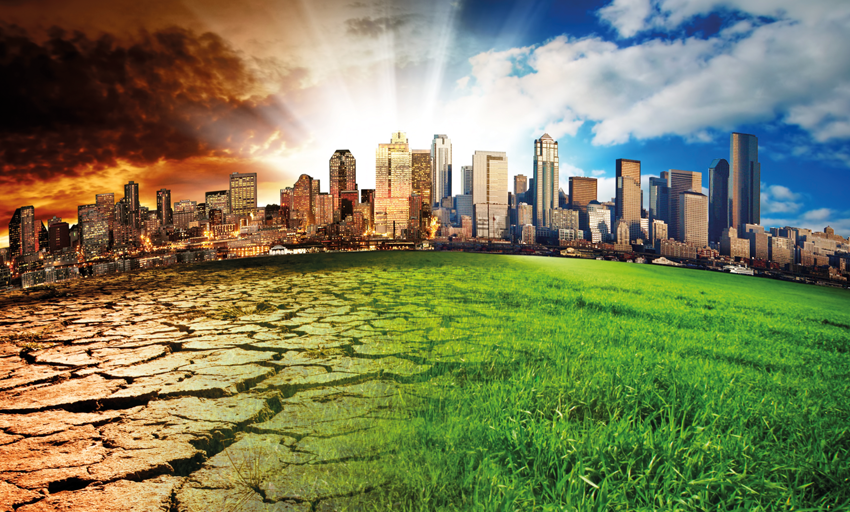
Climate change: Impacts, adapatation, and vulnerability
9th May 2023The COP27 climate conference, which took place in Sharm El-Sheikh, Egypt, agreed on a flagship measure of a “loss and damage” fund, whereby wealthier nations will subsidise poorer nations which have been adversely affected by climate change.
Speaking at the conference, then-Taoiseach Micheál Martin TD, in a speech on 8 November 2022, stated that Ireland needed to accelerate its offshore wind infrastructure, amid a backdrop whereby a CCAC report found that Ireland is not on track to meet its emissions targets.
The former Taoiseach committed that Ireland will spend at least €10 million in the loss and damage fund to support countries which are “suffering loss and damage as a result of climate change”.
He further stated, outlining measures which are being taken as part of Climate Action Plan 2021: “Climate change is a key plank of the Programme for Government. The legislation and the climate laws we have passed will both challenge government and various sectors of our economy to change significantly.”
Minister for the Environment, Climate and Communications, Eamon Ryan TD, spearheaded the EU delegation, which agreed “at the eleventh hour” to support the loss and damage fund.
Minister Ryan upon his return, stated that the upcoming Climate Action Plan 2022 will take account of the new measures agreed to at the summit.
A missed opportunity
Whilst there were some incremental changes agreed to by participating states, the COP27 summit gave the overall impression of nations collectively reaffirming measures which had already been agreed to at the COP26 summit in Glasgow, such as a recommitment to trying to limit global temperature rises to 1.5oC by 2100.
Projections estimate, with the current actions being taken by governments throughout the world, that global temperatures will rise by 2.5oC by the end of this century. Therefore, further action will be required.
Furthermore, whilst there had been hopes and ambitions to agree to a global phasing out of fossil fuels, no such measures came to fruition at COP27.
Ireland was one of the four new states to sign onto the agriculture agenda, one of the five strands of the breakthrough agenda which had been agreed by 41 states at COP27. These states collectively represent 70 per cent of global GDP.
Minister Ryan, upon his return from the summit, promotes the incremental progress as an “historic deal” made in the deal, and highlighted the leading role played by Ireland’s diplomats in getting the European Union to support the measures.
“The Irish team here did a huge amount of the work in delivering this deal, working on behalf of the European Union,” Ryan emphasises.
However, he recognises frustrations with the measures: “This is not perfect. The EU would have liked it to have gone further and faster. However, what makes this a good deal is that it is an agreed deal.
“It is a signal of trust between the 198 parties to the UNFCCC that we are serious about climate change and that we are serious about protecting the most vulnerable countries and communities.”
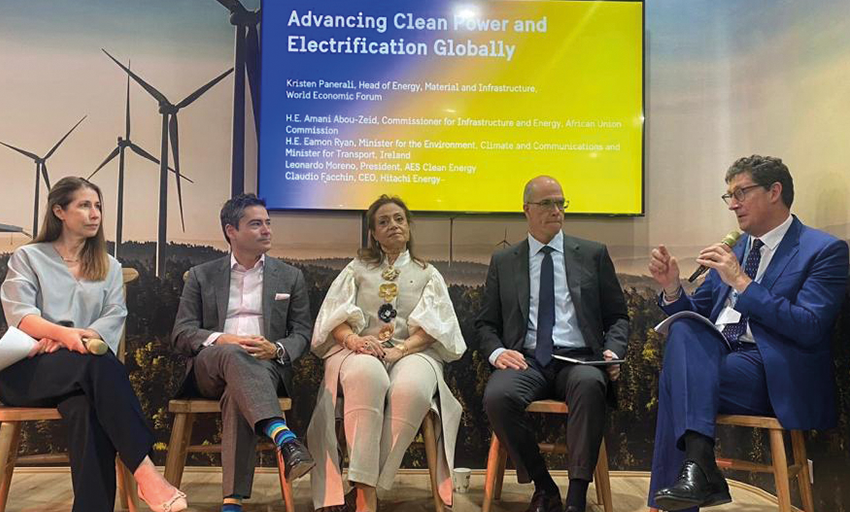
Minister Ryan led the EU delegation at COP27
The minister adds that “keeping 1.5oC alive” was a significant achievement, given the ongoing energy crisis and desire for pragmatic energy solutions.
Loss and damage fund
The flagship measure, the loss and damage fund, was agreed after weeks of stiff opposition from the United States delegation and the European Union.
Successive US governments for the last three decades, have been opposed to the loss and damage fund. Ultimately, the proposal was reluctantly agreed.
The fund will see a specific climate fund allocated by wealthier nations in order to protect poorer nations which have borne the most severe consequences of climate change. Ireland will allocate €10 million to this fund.
Whilst Minister Ryan acknowledged that the agreement on the fund was a compromise, he said that this new agreement will now mean that “millions of people, whose land, water sources, and livelihoods are being eroded every day because of climate change can begin to look forward to targeted and strengthened support and protection from the global community”.
Global commitment
Despite the challenges presented by geopolitical divisions between east and west, the Chinese delegation agreed prior to the summit that the People’s Republic of China will be carbon neutral by 2060, arguably the most important development given China’s status as the highest polluter on the planet.
So far, China has cut its coal consumption to 56 per cent, with renewables now accounting for 16.6 per cent of its primary electricity. Additionally, a report by the Chinese Government states that it is on track to meet its targets for afforestation of six million km2 by 2030, a pledge which was agreed to at COP26.
A report by the World Meteorological Organisation shows that China emitted more than 10 million metric tonnes of CO2 in 2020, more than double the next highest polluter, the United States. Russia and Germany were the only two European states which were among the top 10 polluters.
The same report further states that carbon emissions from the European Union and the United States have been broadly consistent since 1970, whilst there has been a notable decline in Russian emissions since 1990, a notable increase in emissions from India (although their emissions have remained below the United States and the EU), whilst carbon emissions from China have more than doubled since 2000, and emissions from the ‘rest of the world’ (mostly encompassing South and Central America, Africa, Asia, and Oceania) have almost quadrupled since 1970.





 Ossian Smyth TD
Ossian Smyth TD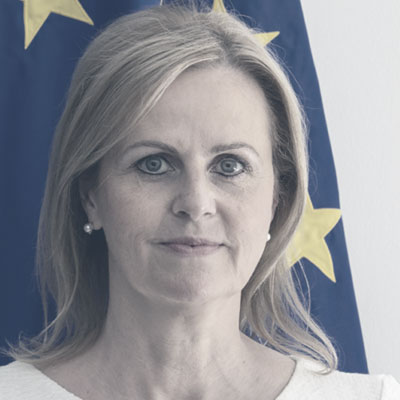 Florika Fink-Hooijer
Florika Fink-Hooijer Antoine Oger
Antoine Oger Laura Curtis-Moss
Laura Curtis-Moss Anthony Costello
Anthony Costello Anja Murray
Anja Murray Niall Ó Donnchú
Niall Ó Donnchú Mike Savage
Mike Savage Brian Carroll
Brian Carroll Claire Downey
Claire Downey Oisín Coghlan
Oisín Coghlan Stephen Onakuse
Stephen Onakuse Kevin O’Sullivan
Kevin O’Sullivan Susan Hegarty
Susan Hegarty Hendrik W van der Kamp
Hendrik W van der Kamp Philip Nugent
Philip Nugent Adrian Smyth
Adrian Smyth  Ainhoa Gonzalez Del Campo
Ainhoa Gonzalez Del Campo  Geoff Dooley
Geoff Dooley  Clare Pillman
Clare Pillman  David Greenfield
David Greenfield Danielle Conaghan
Danielle Conaghan Peter McEvoy
Peter McEvoy Triona McGrath
Triona McGrath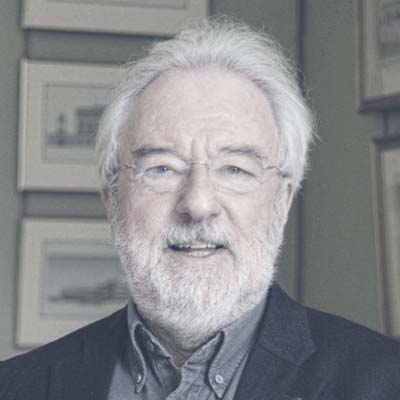 J Owen Lewis
J Owen Lewis Gavin Smith
Gavin Smith Imelda Hurley
Imelda Hurley Lucy Gaffney
Lucy Gaffney Dr Venkatesh Kannan
Dr Venkatesh Kannan Kevin Hegarty
Kevin Hegarty Eimear Cotter
Eimear Cotter Aditya Arora
Aditya Arora Patric Child
Patric Child Eleanor Roche
Eleanor Roche Andy Bleasdale
Andy Bleasdale Andrew Muir MLA
Andrew Muir MLA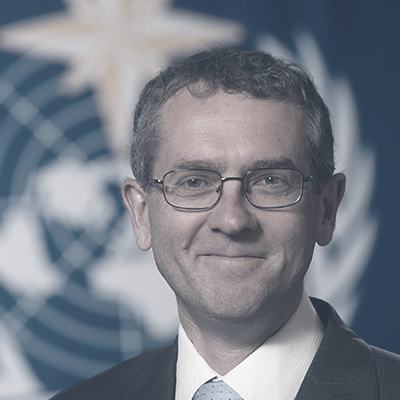 Chris Hewitt
Chris Hewitt Francesca Racioppi
Francesca Racioppi Christopher Hammond
Christopher Hammond Laura Díaz Anadón
Laura Díaz Anadón Lorna McAdoo
Lorna McAdoo Conor Murphy
Conor Murphy  Mark Horton
Mark Horton  Niall McLoughlin
Niall McLoughlin  Zoe Kavanagh
Zoe Kavanagh Niall Ó Donnchú
Niall Ó Donnchú Venkatesh Kannan
Venkatesh Kannan David McGee
David McGee Anna Rose
Anna Rose Paul Hogan
Paul Hogan








